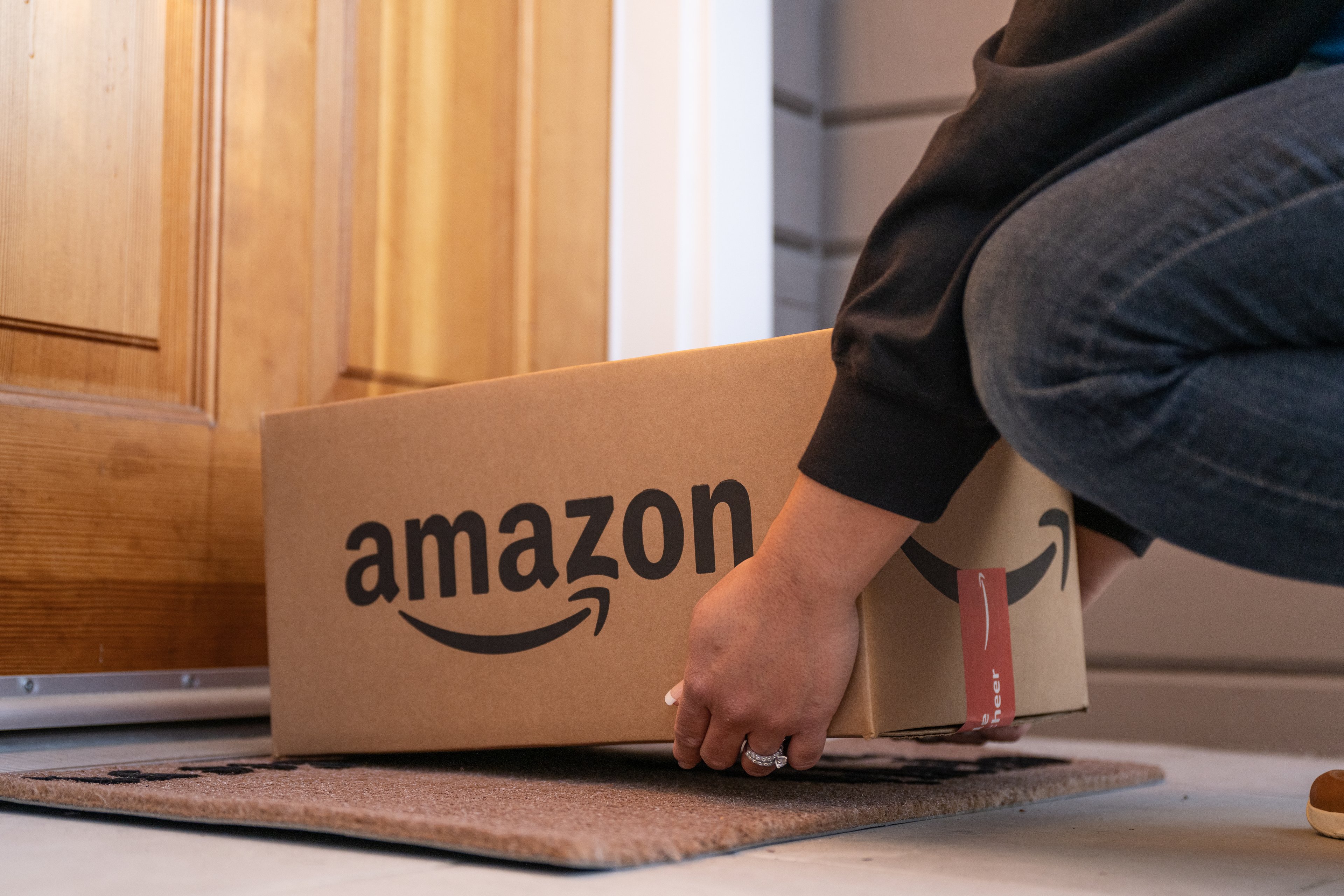This article was updated on Nov. 20, 2017, and originally published on June 14, 2017.
It took nearly 23 years and $136 billion in annual sales to reach this point: Tech giant Amazon.com's (AMZN 0.58%) stock price recently crossed $1,100 per share, giving it a market cap of more than $550 billion.
The company has notched a 49,500% rise in share price in the years since its IPO?
The impressive but otherwise meaningless achievement of topping $1,000 a share sparked a wave of speculation over whether Amazon might again split its shares -- and if so, when. Let's review Amazon's stock split history and see if it can tell us anything about what might be in store for the e-commerce leader.
Amazon's stock split history
If Amazon were to split its shares, it wouldn't be the first time. In fact, it split its shares three times in the late '90s:
- June 2, 1998: 2-for-1.
- Jan. 5, 1999: 3-for-1.
- Sept. 2, 1999: 2-for-1.
But that was then. For the better part of the past 20 years, during which its shares rose like a rocket, Amazon hasn't split its shares. It's possible that management's perspective on splits may have changed.

Image source: Getty Images.
What's in a split?
Most reasons for splitting shares are pointless. They change nothing about a company's finances. They're the investing equivalent of breaking a $100 bill for five $20s. You have more bills, but the aggregate dollar amount is the same.
But there are at least one or two decent reasons the e-commerce leader might opt for a split. The most legitimate reason would be to pave the way to enter a price-weighted stock average such as the Dow Jones Industrial Average. Such indices determine their prices by calculating the aggregate value of one share of each of its members. Companies with larger share prices therefore exert a greater degree of influence on the average's performance. Right now, aerospace giant Boeing, and its $264 stock price, carries the largest weighting among Dow components, with a 7.8% weighting in the index.
That means companies with stock prices above $300 are effectively blocked from entry. That's one reason Warren Buffett's Berkshire Hathaway remains out of the Dow, and it's also why Amazon couldn't join the Old Boys' Club of American finance. Tech giant Apple split its stock 7-for-1 in June 2014 with the likely motivation of gaining entry to the Dow -- and it managed to do precisely that in March 2015. So there's a precedent for splitting shares to get on the Dow. And other tech giants -- most notably Alphabet, whose stock price also sits around $1,000 today -- will face a similar decision in the coming years.
Of course, there's a limit to how many tech companies will gain placement on the one-time benchmark of American heavy industry, but with tech playing an increasingly prominent role in the economy, it seems likely that there's room for at least one or two more tech titans in the Dow.
Another common argument for stock splits is that a lower price makes a company's shares more accessible to retail investors. In essence, it's more affordable to buy one share of a stock when it trades at, say, $100 versus $1,000. That makes sense, but this kind of change says nothing fundamental about the company.
In any event, investors stand to make far more money by focusing on understanding a business's industry, company culture, management, and other key determinants of corporate health than dwelling on one-off events such as stock splits. So while it might be fun to dwell on whether Amazon may split its stock, savvy investors will focus on the factors that make Amazon one of the best long-term growth stocks on the market today.







